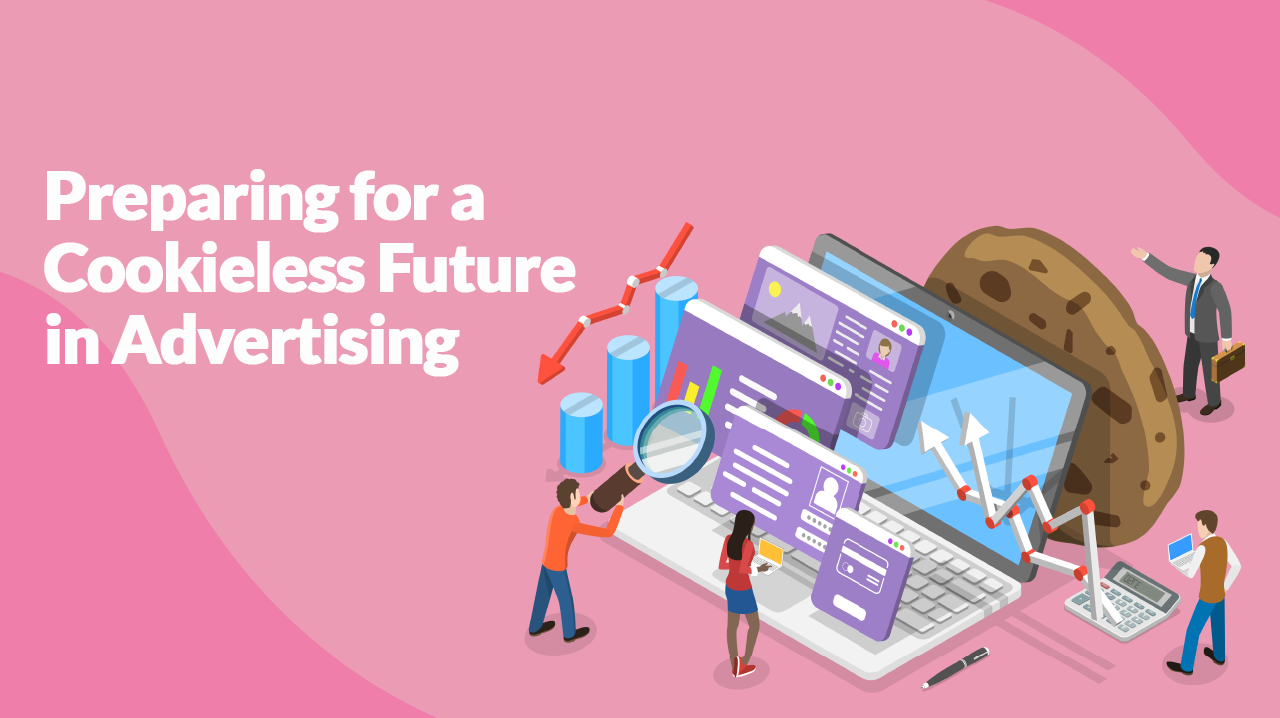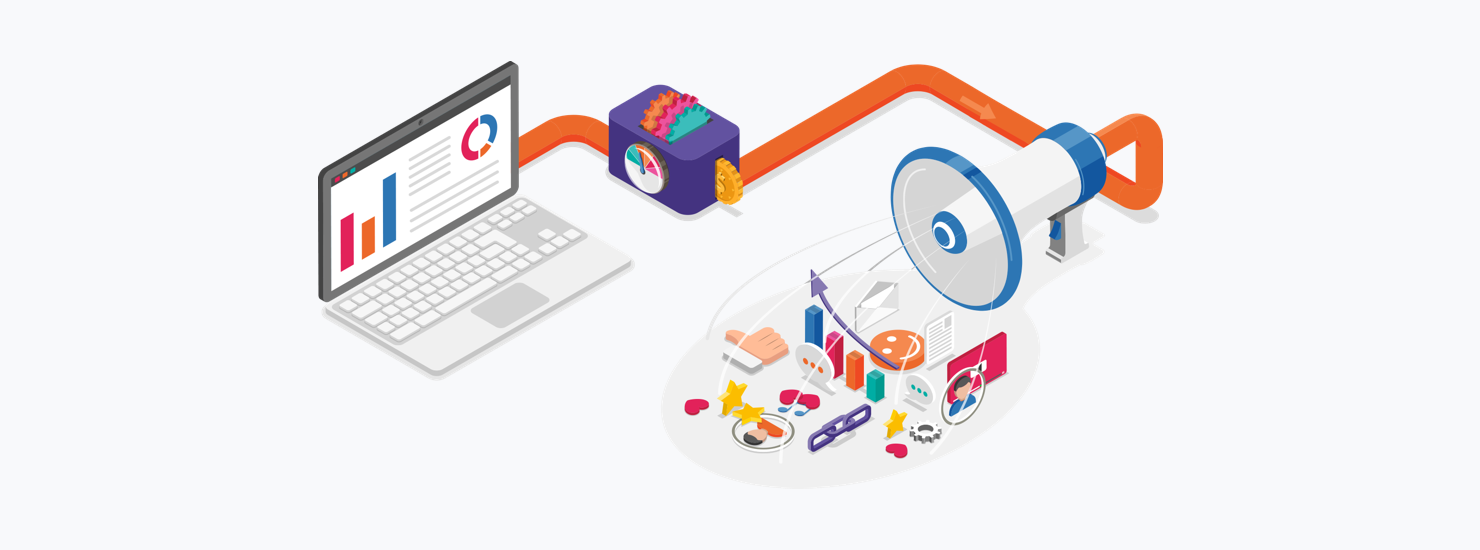The first programmatic ads were born 30 years ago, and since then programmatic advertising has been advancing by leaps and bounds. And in recent years, this process has accelerated even more.
This year, more than 90% of all digital advertising is expected to be delivered through programmatic buying, accounting for just over $120 billion in programmatic ads views.
The popularity of programmatic buying is because there is more control over ad placement and inventory for both buyers and sellers, so native ads are more efficient and scalable.
Programmatic ads has had a growing trend to be better targeted than the traditional native ads campaigns of yesteryear, which also helps improve audience segmentation and addressability, a key factor in the post-cookie world.
Taking into account that the industry is preparing for the disappearance of cookies from the Chrome browser, it is very interesting and necessary to know some considerations about programmatic ads and what problems are already in sight.

Fighting against programmatic fraud
A really concerning issue within programmatic ads is fraud, which typically manifests itself in the form of theft of ad dollars through false clicks and impressions.
Last year alone, a study found that more than a third of Internet traffic is carried out by malicious bots, mostly from North America. Moreover, issues of fake website domains and publisher inventory being sold by bad actors were detected.
Because of this, it was necessary to introduce Authorized Digital Sellers (ads.txt) to address these issues, allowing publishers to identify themselves to reputable partners who have permission to sell their ad space. Sellers.json works using ads.txt, being a trusted source for advertisers with their trusted seller information.
Still, there is evidence that scammers could pose as genuine buyers and sellers. This does not mean that it is an ineffective method, only that it must be combined with the implementation of additional solutions to achieve the optimal result.
Although retargeting and optimization of campaigns will become more complicated once the use of cookies ends, the novelties of the industry, as is the case in question, will play a fundamental role. Since they will be a solid way to achieve greater and smoother transactions for both advertisers and inventory buyers, so that programmatic ads are really quality.

Towards the achievement of optimization
Another aspect to take into consideration so that both the buyer and the seller can minimize the chances of fraud occurring and develop quality programmatic buying, is to ensure that both parties and their corresponding trading platforms are optimized.
Demand Side Platforms (DSP) allow advertisers and agencies a guarantee when buying inventory, as they streamline and simplify the process for the parties involved. At the other extreme, Supply Side Platforms (SSP) allow publishers to sell their inventory on a variety of trading platforms, increasing monetization and getting the best possible price for their offerings.
Programmatic buying is undoubtedly a rather complicated process, in which many buyers participate “bidding” for many inventories. This is where trade optimization will help achieve greater transparency and legitimacy between the two parties, which will ultimately lead to financial stability.
Put plainly, Supply Path Optimization (SPO) is an essential way to streamline the buying process, thereby cutting out the middleman, while taking into account strict eligibility protocols and greater transparency around ad placement. . This allows advertisers to trade only with trusted partners.
Similarly, Demand Path Optimization (DPO) allows publishers to easily “see” how impressions are being purchased, as it is well known that it can be very cumbersome to track who is buying what and at what price, since the inventories are sold through various advertising operators.

Life beyond the Use of Cookies
To achieve truly future-proof programmatic ads, advertisers must work with a selection of premium publishers that can collect and distribute their own data. The IAB’s latest initiative regarding vendor defined audiences shows that the market is preparing for the post-cookie world, and both SSPs and DSPs are implementing the new standards of the future.
Publishers are working hard to encourage users to log into their sites to collect valuable first-hand data that will allow them to curate standardized profiles that indicate audience demographics, interest, or behavior based on real-time interactions and preferences.
Advertisers are encouraging users to creatively consent to the collection of their data, as this is critical to the success of targeted advertising campaigns.
Brands are increasingly offering free products and other flashy incentives in a bid to build one-on-one connections with consumers. The value of own data is on the rise, and the long-term benefits of obtaining it remain the order of the day.
In addition to the user’s own data, context is also an important signal for targeted advertising, and remains the main targeting option when third-party cookies are not used.
Advertisers can bolster the quality of programmatic ads through contextual intelligence, which is not based on keyword block lists that can often remove harmless sites as well as malicious web pages.
